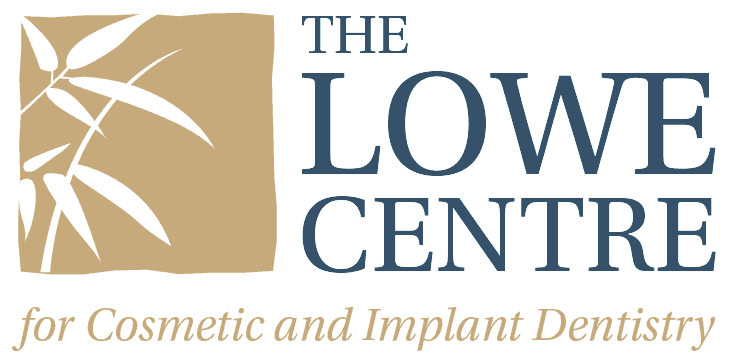Last week we talked about tooth whitening, and whether or not it actually works as a procedure. Today we’re going to focus on the same topic, but from a natural perspective.
With the emergence of tooth whitening as a popular practice at the dentists office, many individuals have considered different ways to whiten teeth at home by using different foods or baking ingredients. We’ll talk about a few, mention whether or not they work, and give a recommendation based on the facts.
1) Baking Soda
Baking Soda (or sodium bicarbonate) has long been a common ingredient used for cleaning the teeth, and removing stains. It can neutralize bad breath, remove plaque thanks to its abrasive texture, and even remove stains from fabric with the right techniques.
Does it work?: Yes
Should we use it?: No
Though baking soda is very effective in removing stains, the form of baking soda that is available to most homes is too abrasive for regular use on our teeth. It can actually damage or groove the enamel of our teeth, which would make them appear darker than normal. If you like the benefits of baking soda, find a toothpaste that uses sodium bicarbonate as a main ingredient instead. The quality of this baking soda will be safe and suitable for your teeth.
2) Strawberries
Strawberries have been rumoured to have magical tooth whitening powers for generations, and though many professionals have written off the idea as ridiculous, modern science has sided with the old wives tale this time. Strawberries are packed with an ingredient called malic acid, and this acid has proven to be very effective in combatting stains.
Does it work?: Yes
Should we use it?: No
Mashing up strawberries (usually with a pinch of baking soda) and applying it to the teeth might brighten your smile, but too much malic acid has also been shown to damage tooth enamel. While tooth enamel is the hardest compound in the human body, it will not grow back once it’s damaged. For those that decide to go ahead with this idea anyways, be sure to rinse and floss carefully after. Strawberry seeds, or flesh can stain our teeth just as easily.
3) Crunchy Fruits and Vegetables
Apples, carrots, and celery all have a certain fibrous texture that acts almost like a natural brush for our teeth. Apples are also high in malic acid which we’ve already talked about. By focusing on crunchy foods, our teeth are naturally scrubbed and buffed by the foods we eat. In the case of celery, we can even get a quick accidental flossing!
Does it work?: Not for whitening
Should we use it?: Yes
Crunchy fruits and vegetables might be good and healthy for us, and they certainly will help to keep plaque levels to a minimum, but they will not whiten our teeth for us. We are much more likely to get better results by having good tooth brushing and flossing habits.
Do you have other questions about tooth whitening? Ask us! We would love to give you more information on this topic.
Until next week!
